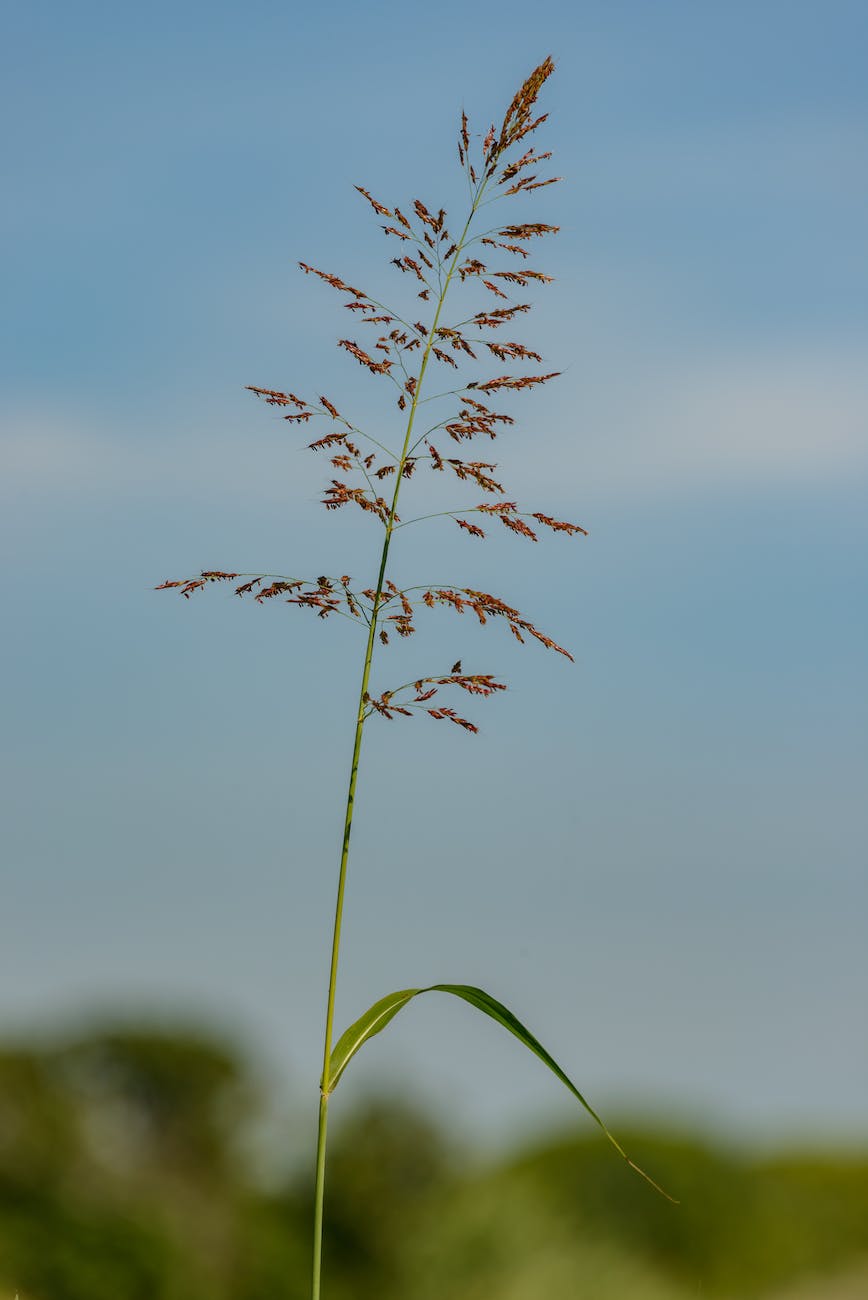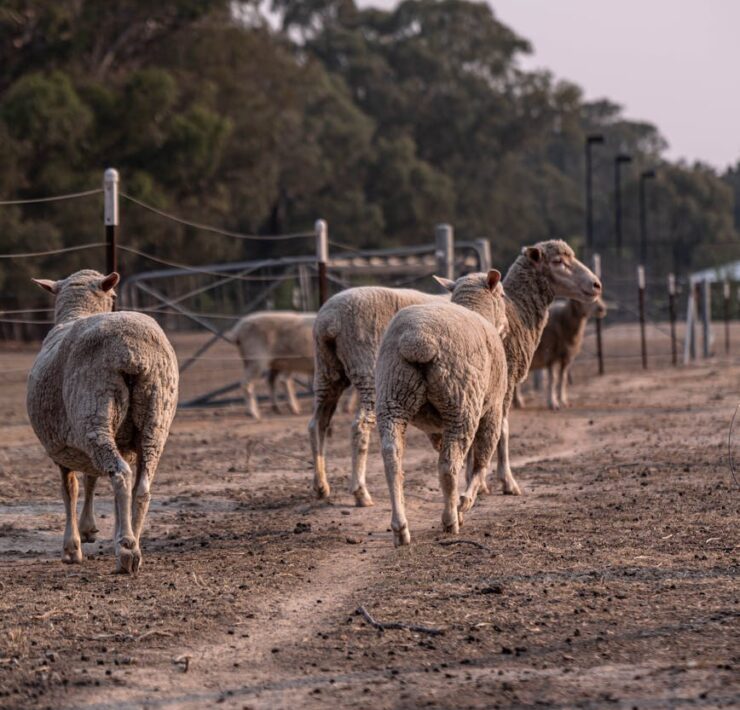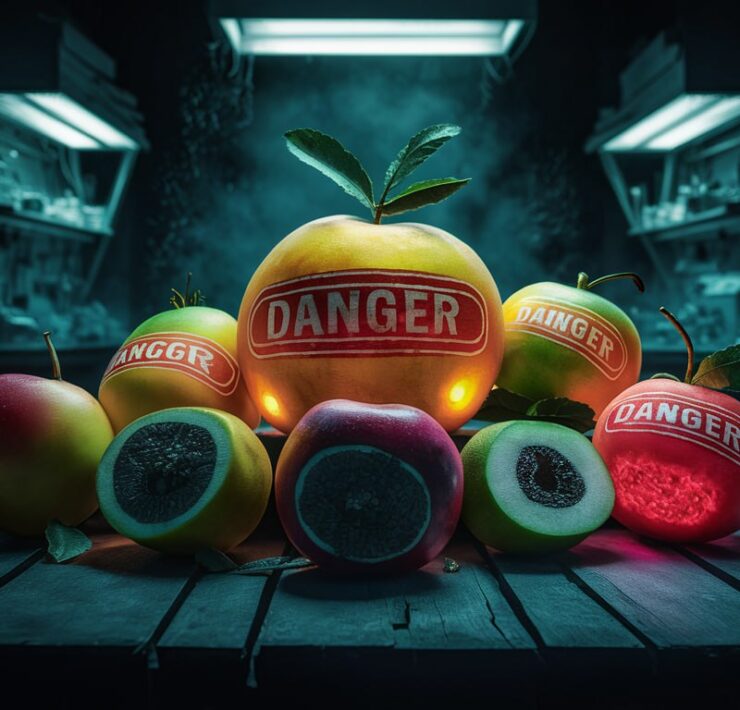
Passionate about getting God's message concerning Afrika and the end…
Most people think of rice as an exclusively Asian crop, but farmers have grown native rice (Oryza glaberrima) in parts of West Africa for at least 1,500 years. The fact is that there are only two species of rice in the world, Asian (Oryza sativa) and African (Oryza glaberrima). One of them is healthy and good for you as an African, but not many Africans eat it. The other’s not quite so healthy but everyone loves it. Did you know, for example, that much of the southern US State of South Carolina was once covered in fields of African rice, brought over by the Africans who were stolen from Africa and brought to America as slaves? Or that it was first cultivated in Mali several thousand years ago?
This crop comes in a wealth of different types that are planted, managed, prepared, and eaten differently. Some mature quickly and will fit into seasons and situations where other cereals fail. The grain is much like common rice, although the husk around it is usually red. This plant not only has promise in its own right, but its genes might also eventually benefit the production of common rice worldwide.
Finger Millet
In parts of East and Central Africa (not to mention India), millions of people have lived off finger millet (Eleusine coracana) for centuries. One of the most nutritious of the major cereals, it is rich in methionine, an amino acid critically lacking in the diets of hundreds of millions of the world’s poor.
The plant yields satisfactorily on marginal lands, and its tasty grain is remarkable for its long storage life. The fact that certain Africans thrive on just one meal a day is attributed to the nutritive value and ”filling” nature of this grain.
Fonio (Acha)
An indigenous West African crop, fonio (comprising two species, Digitaria exilis and Digitaria iburua) is grown mainly on small farms for home consumption. It is probably the world’s fastest maturing cereal and is particularly important as a safety net for producing when other foods are in short supply or market prices are too high for poor people to afford. But fonio is much more than
just a fallback food; it is also a gourmet grain. People enjoy it as a porridge, in soups, or as couscous with fish or meat. The plant grows well on poor, sandy soils. It, too, is rich in the amino acid methionine. It also has a high level of cystine, a feature that is an even rarer find in a cereal. With its appealing taste and high nutritional value, this could become a widespread gourmet grain for savanna regions, perhaps throughout much of Africa or even much of the world. It might well have a big future as a cash crop and export commodity.
Pearl Millet
Some 4,000 years ago, pearl millet (Pennisetum glaucum) was domesticated from a wild grass of the southern Sahara. Today, it is the world’s sixth-largest cereal crop, but it has even greater potential than most people imagine. Of the major cereals, pearl millet is the most tolerant of heat and drought; it has the power to yield reliably in regions too arid and too hot to consistently support
good yields of other major grains. These happen to be the regions that will most desperately need help in the decades ahead.
Already, water is shaping up as the most limiting resource for numerous economies—even some of the most advanced. Agriculture is usually a country’s biggest user of water. Thus, for nations that have never heard of it or that perhaps regard it with scorn, pearl millet might quickly rise to become a vital resource.
Sorghum
Globally speaking, sorghum is the dietary staple of more than 500 million people in more than 30 countries. Only rice, wheat, maize, and potatoes surpass it in the quantity eaten. For all that, however, it produces merely a fraction of what it could. Indeed, if the twentieth century has been the century of wheat, rice, and maize, the twenty-first could become the century of sorghum (Sorghum bicolor).
First, sorghum is among the most photosynthetically efficient and quickest maturing food plants. Second, it thrives on many marginal sites where other cereals fail. Third, sorghum is perhaps the world’s most versatile food crop. Some types of its grains are boiled like rice, cracked like oats for porridge, “malted” like barley for beer, baked like wheat into flatbreads, or popped like popcorn for
snacks.
The plant has many uses beyond food as well. Perhaps the most intriguing is its use for fuel. The stems of certain types yield large amounts of sugar, almost like sugarcane. Thus, sorghum is a potential source of alcohol fuels for powering vehicles or cooking evening meals. Because of the plant’s adaptability, it may eventually prove a better source of alcohol fuel than sugarcane or maize, which are the only ones now being used.
Finally, sorghum is a relatively undeveloped crop with a truly remarkable array of grain types, plant types, and adaptability. Most of its genetic wealth is so far untapped and even unsorted. Indeed, sorghum probably has more undeveloped genetic potential than any other major food crop in the world.
Tef
This staple cereal (Eragrostis tef) is the most esteemed grain in Ethiopia. It is ground into flour and made into pancake-like fermented bread, injera, that forms the basic diet of millions. Many Ethiopians eat it several times a day (when there is enough), particularly with spicy sauces, vegetables, and stews.
Tef is nutritious; the grain is about 13 percent protein, well-balanced in amino acids, and rich in iron. In many ways, it seems to have ideal qualities for a grain, yet research has been scanty and intermittent, and so far the crop is all but unknown beyond Ethiopia. In the last few years, however, commercial production has started in the United States and South Africa, and an export trade in tef grain has begun. These seem likely harbingers of a new, worldwide recognition of this crop.
Other Cultivated Grains
Some of the cereals described previously are not, strictly speaking, “lost.” However, several African food grains are indeed truly overlooked by modern science.
Guinea Millet
Perhaps the world’s least-known domesticated cereal, guinea millet (Brachiaria deflexa), is cultivated by farmers only in the Fouta Djallon Plateau, a remote region of Guinea. At present, almost nothing can be said about its potential, but it deserves exploratory research and support.
Emmer
This rare wheat (Triticum dicoccum) originated in the Near East, but it has a very ancient African heritage. It reached Ethiopia probably 5,000 years ago or more and, although it virtually disappeared elsewhere in the world, it comprises almost 7 percent of Ethiopia’s entire wheat production. Moreover, far from abandoning it, Ethiopian farmers over the last 40 years have increased
the percentage of emmer that they grow.
The plant is adapted to a wide range of environments and should be producible in many parts of the world. The fact that it is little changed from wheat eaten in the times of the Bible and the Koran could give it special consumer appeal. But it can stand on its own culinary merits. It is one of the
sweetest and best-tasting cereals.
Irregular Barley
Although barley is also not native to Africa, it, too, has been used in Ethiopia for thousands of years. Indeed, Ethiopian barley has been isolated so long that it has been given its own botanical name, Hordeum irregulare, and has developed its own genetic “personality.” This ancient barley is grown mainly in Ethiopia, where it ranks fourth among crops, both in production and area.
Throughout most of the upper highlands, it accounts for over 60 percent of the people’s total plant food. Ethiopia is perhaps unmatched concerning barley diversity. Indeed, some scientists think it is a source of new germplasm that could boost barley growing in Africa and around the world.
Ethiopian Oats
Ethiopia is home to native oats, Avena abyssinica. This species was domesticated in the distant past and is a largely nonshattering plant that retains its grain so people can harvest it. It has long been used in Ethiopia and is well adapted to the high elevations there. It is, however, unknown elsewhere.
Wild Grains
As noted, people in Africa have been eating wild grains for perhaps 100,000 years. In modern times, however, various writers have discounted these grains as mere “scarcity foods.” This is wrong: wild grains were eagerly eaten even when pearl millet, for one, was abundant.
Many modern writers also imply that the wild cereals were gathered only on a small and localized scale. This, too, is false. The harvest in the Sahara, for example, was large-scale, sophisticated, commercial, and much of it was export-oriented. The wild grains were a delicacy that even the wealthy considered a luxury. Examples of such untamed cereals are drinn, golden millet, kram-kram, panic grasses, wild rices, jungle rice, wild tefs, and crowfoot grasses.
Resurrecting the grain-gathering industry of the past might be a way to help combat desertification, erosion, and other forms of land degradation across the worst afflicted areas of the Sahel and its neighbouring regions. A vast and vigorous grain-gathering enterprise might perhaps provide enough economic incentive to ensure that the grass cover is kept in place and that overgrazing is
controlled. That would bring environmental stability to the world’s most alarming
case of desertification.
These so-called “lost” plants of Africa have much to offer, and not just to Africa. Indeed, they represent an exceptional cluster of cereal biodiversity with particular promise for solving some of the greatest food-production problems that will arise in the twenty-first century.
This potential for utility in the future is because Africa’s native grains tend to tolerate extremes. They can thrive where introduced grains produce inconsistently. Some (tef, for instance) are adapted to cold; others (pearl millet, for example) to heat; at least one sorghum to waterlogging; and many to drought.
Moreover, most can grow better than other cereals on relatively infertile soils.
For thousands of years, they have yielded grain even where land preparation was minimal and management poor. They combine well with other crops in mixed stands. Some types mature rapidly. They tend to be nutritious. And at least one is reputed to be better tasting than most of the world’s well-known grains.
In my household, a long time ago, we drastically reduced our use of maize flour. The reason is simple. Maize, outside of the fact that it’s not an indigenous grain from Africa, is also heavily compromised and what we have mostly right now is either hybridized or genetically modified maize. So now, we make our Ugali or grain meal using a mix of sorghum, millet and sometimes a bit of cassava flour. Sorghum and millet are way better and more nutritious than maize. So, to my African people especially in Kenya and East Africa generally, do away with maize or at least cut down on its intake. Get organic sorghum and millet, and mill them yourself instead of buying packet maize flour sold in supermarkets which by the way is fortified with only God knows what chemicals. Due to human greed and the quest for global control, the world is no longer what you think it is, so protect yourself and your family by eating food that is not poisoned.
Now, concerning the thought around lost grains of Africa, the only reason why these crops are considered lost in quote is because Africans have lost connection to the beauty, nutrition and ability of these seeds to save the continent from the so-called food insecurity. We have embraced grains like wheat, rice, maize and the like which are not indigenous to Africa and which do not serve our nutritional needs. Most importantly, they are heavily compromised and can be very harmful because of the agrochemicals used in planting them and the poor nutritional value – so much so that these modern foods have to be fortified with vitamins and minerals sourced from who knows where. Worse yet, we have abandoned those foods which make for good health, calling them inferior. Should we then be shocked at the diminishing quality of health in the continent?
I encourage you to do your due diligence, search online for the nutritional values of each of the grains I have mentioned and see how to fully incorporate them into your diet. Also, while you do that, keep in mind that there are loads of websites, blog sites, writers, content creators and the so-called social media influencers who are paid specifically by big corporations to spread misinformation about everything, especially the things that concern Africa. So, watch out for such sites.
Subscribe now for updates from Msingi Afrika Magazine!
Receive notifications about new issues, products and offers.
What's Your Reaction?
 PIN IT
PIN ITPassionate about getting God's message concerning Afrika and the end times to the world, in order to heal, restore and rebirth Afrika to her true purpose and destiny in God.






















